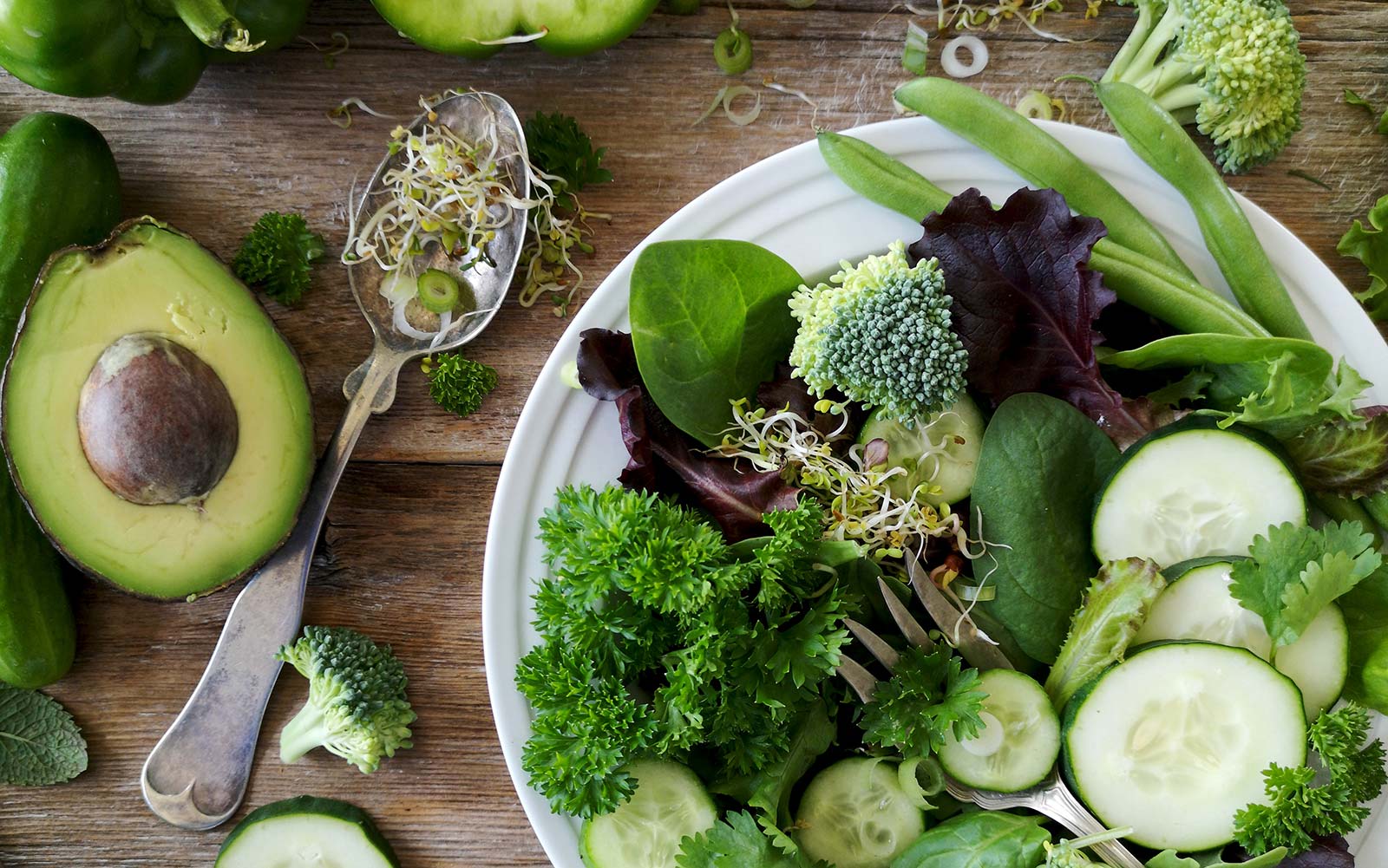It’s estimated that 1 in 10 women suffer from Endometriosis, approximately 176 million women worldwide. Endometriosis is a condition where tissue similar to the lining of the uterus grows outside the womb, causing severe pain and fertility problems.
The condition currently costs billions in healthcare, absenteeism and lost social costs, and is more common than breast cancer, diabetes and prostate cancer.
This week, Australia’s Health Minister has launched a draft national action plan towards research into the disease, supporting the funding of $2.5 million for research into the condition. The funding will be used to educate doctors, teachers and employers on the condition, and to help raise awareness of the disease.
Part of the action is to provide workplaces with specific material to help educate employers on the prevalence and severity of Endometriosis, and to help healthcare professionals provide clinical management and care.
Congratulations to the consumer organisation Endoactive and the Endometriosis Society of Australia for all their hard work in bringing this to the attention of our politicians.
If you are have or suspect you’re suffering from Endometriosis, please visit Endometriosis Australia or Endoactive for more information or contact our clinic to see how we can help you.



